If you search Vegan Armenian Kitchen on YouTube, you will find lots of Lena’s videos. Canada-based Lena Tachdjian launched this channel two years ago to share vegan Armenian recipes and dishes from other cuisines that have become staples for Armenians. Ghapama, anoushabour, tertanoush - Lena regularly highlights vegan dishes and explains the cooking techniques. Her vegan Armenian cookbook will come out soon as well and start selling before Christmas.
GastroVino talked to Lena Tachdjian, the founder of the Vegan Armenian Kitchen channel about how she got interested in Armenian cuisine, how well she knows Armenia and whether she manages to spread Armenian cuisine to the word.
A different Armenia
In 2011, I came to Armenia for the first time for three months and eventually stayed for six years. I was a volunteer for Birthright Armenia, I did a lot of different jobs in Armavir, Ararat, Vayots Dzor. First I was a volunteer at an agricultural NGO, worked with farmers. Afterwards, I was working as a writer.
I loved getting to know the country. It is very different from what I learned about Armenia in school. Yes, I went to Armenian school too.
Unexpected dishes
My mother's side is from Istanbul and father’s side is from Jerusalem. To be honest, when I arrived in Armenia, I thought the cuisine is going to be much more similar to the Western Armenian one, but I didn’t recognize a lot of food. I had never had ghapama (pumpkin and rice), pasuts dolma (stuffed with red beans, lentils, tomato paste), jengyalov hats (flatbread stuffed with greens and vegetables), aveluk (greens cooked in soups or fried with eggs).
Ghapama
My family knew the song “Hey jan, Ghapama”, but we didn’t know what ghapama means.
Before Armenia, my favorite dishes were lentil soup and lentil kofta, I mean the red lentil which becomes yellow. I kept looking for it, anytime I would say “vospov apur” (lentil soup), they would bring the green or black lentil.
Lentil soup
I grew better and more interested in cooking when I became vegan, as I started cooking for myself. In Armenia, I started cooking more because of the food markets, everywhere I lived there was a food market nearby, which made me cook more, whereas in Canada you do one day shopping, you get two things, then you have to go shopping for the next day, everything is far away and hard to get.
Are you vegan? Would you like chicken?
I came to Armenia as a vegan. Sometimes, when I was saying I am vegan, people would say there was nothing to eat. Eventually I learned that you have to say you want “pas or pahk” (food eaten during Lent) dishes, this is how you find all the vegan food.
Lentil kofta
Especially outside of Yerevan, when I would tell I am vegan, they could still ask “Would you like chicken, lamb or fish?” Many Armenians fast for religious reason, so it is easier to talk about veganism from that perspective, since they don’t get when you say no eggs, no cheese.
In Canada, I was vegan for 5 years, after the first year staying in Armenia I started living with a host family in a farm, so I decided to switch into vegetarianism, because it is different how they treat animals in Canada and Armenia. Now in Canada I went back to veganism.
How has everything started?
I used to have a blog where I wrote down recipes, my travel stories about Armenia. Once I was trying to write about a complicated part of one recipe, so I decided to film that part and put it within the writing. Then I thought, why I don’t film the entire process? I also realized that there is no Armenian vegan YouTube channel, there are lots of vegan channels, but no one has done a channel on Armenian vegan cuisine.
The first video of my channel is about ghapama. It is almost vegan, it has just honey and butter which you can skip. I wanted to celebrate my channel with ghapama, as it is very beautiful and lots of people don’t know about this dish.
It’s not just meat
Not only vegans watch my channel, but people who want to see healthier, vegetarian food. The audience is a nice mix of Armenians and non-Armenians. I am getting emails from people saying that they know nothing about Armenian cuisine and asking me about the country, they even say they want to visit the country for the food.
Lena Tachdjian
I want people to see that even if you eat meat, they are still very delicious dishes that you can try as well. Veganism in Canada, North America is very simple: peanut butter, avocado, soybean, while Armenian vegan food is very creative, diverse and healthy.
It takes lots of research
I am not just getting random recipes. Every recipe I put on the channel, I am researching it, I am trying to find some sort of history behind it. I also do interviews with different people. Any Armenian who is able to talk about their family recipes is happy to share it.
I film one video in every three months. I like it, I have fun and I enjoy it.
Cookbook, coming soon
When I was doing the videos and my blog, I realized that every recipe has a story behind it, but I didn’t know what to do with all the information. When I went to Los Angeles for work, I met my business partner, whom I got to know 7 years ago in Armenia. During our talk the idea of the cookbook came up. She does photo and design and I do the rest.
We have been working on the cookbook for a year and a half. We are going to send it to be printed in November and hopefully people can get it before the Armenian Christmas. The book is in English, but we are going to translate it into Armenian next year and make it online. We will sell it through our website, a couple of bookstores in Los Angeles, U.S., and Canada, Armenia might have the books as well.
Lena Tachdjian
It is different
The cookbook is called “Vegan Armenian Kitchen”. The difference of this cookbook is that every recipe has a long or short story. We want to make a very informative cookbook that uses real Armenian names of the food and gives the history of it and the recipes- all in one.
We did an Indiegogo crowdfunding campaign, where people could pre-order. Besides, we got sponsorships from Armenian and American companies, whose products we used in the cook book.
Kololak, musalosh, apukht
We use Armenian names in the cookbook. While researching I also noticed that lots of words that we are using are Arabic or Turkish, whereas we have our words for some dishes such as “kololak” for the Arabic word “kufta” (meat balls). For “lahmajun” (flat bread with minced meat on top) we can say “musalosh”, it is documented by a historian. Lahmajun means meat and bread, likewise musalosh has the same meaning.
Lahmajun-Musalosh
The origin of lahmajun is unclear but Armenians had their style which was shorter and thicker. Arabic, Turkish and even Greek people have musalosh, but because I don’t know who invented it I use the Armenian word in my cookbook and I don't say this dish is Armenian. For “basturma” (cured beef) we can also say “apukht”.
We are using other people’s words, so people are saying this food is not Armenian.
Deleting comments
Once I used the word “tertanoush” for baklava and this one got me a lot of trouble. I used that word because I know the word is Armenian but I don't say the dish is Armenian. By the way, some people say even baklava is Armenian because it comes from “bahk-pahk” word.
So I had to delete some comments because people from different countries started fighting with each other in comments.
Someone told me Antep style kebab is the best kebab ever, while Armenians are saying that is their style, because they lived there and they made it, but if you ask somebody where Antep is, they will say Turkey. It seems that food is not a political topic, but it is actually a very sensitive issue, people get mad when you question the origin of dishes.
It is not worth responding to
Sometimes people find my pictures on Instagram and comment, for example, on a picture tolma that it is not Armenian.
Greeks, Turks, Azerbaijanis, Poles, Middle Easterners make tolma, I don’t think it is worth responding to. I believe it is normal, different cultures can have similar food, we all end up sharing with each other. As well as with the cookbook, I am positive if people start making such comments.
Amalie Khachatryan
Photos: Lena Tachdjian’s archive


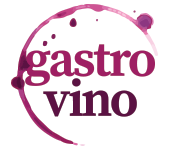
 ×
×
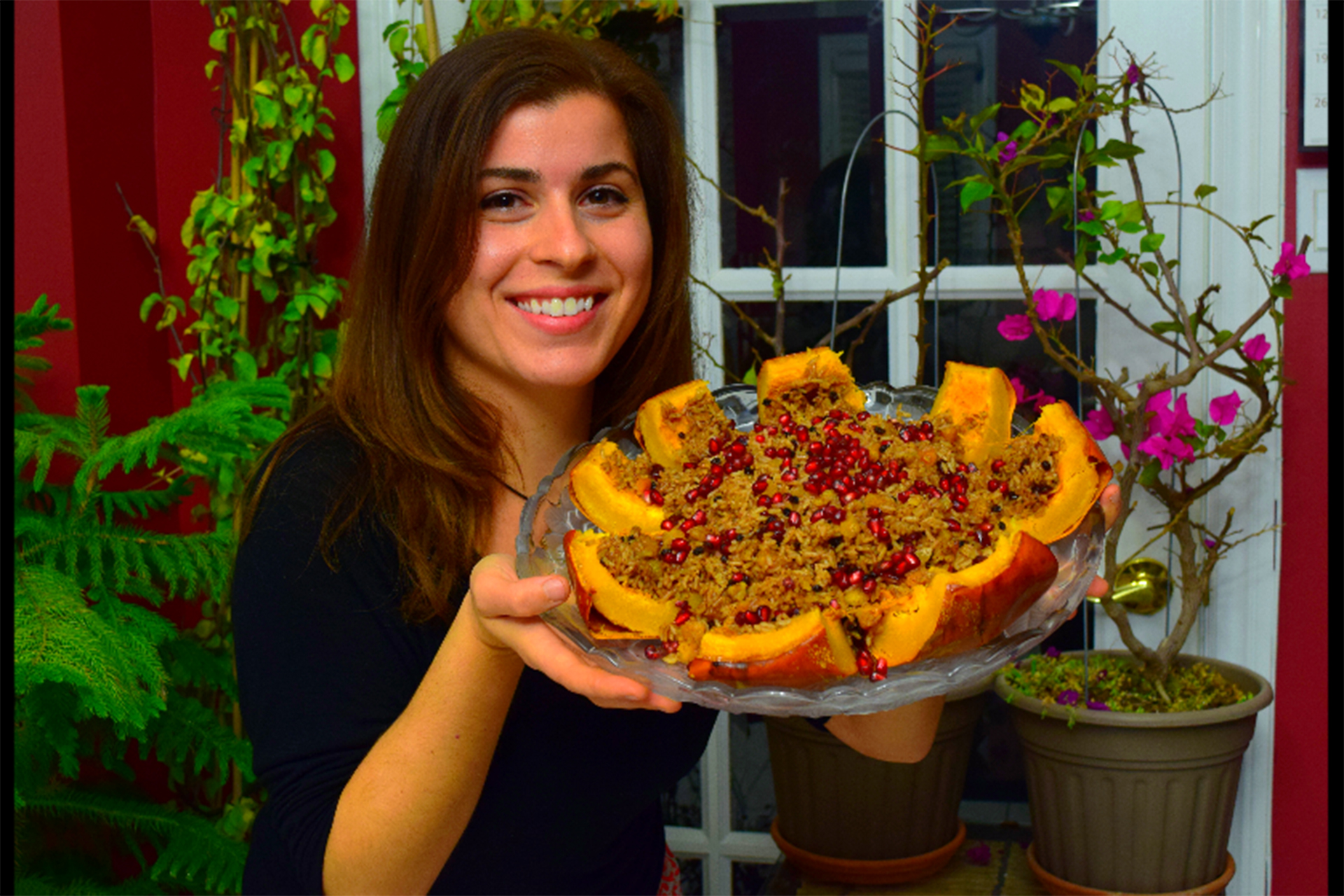

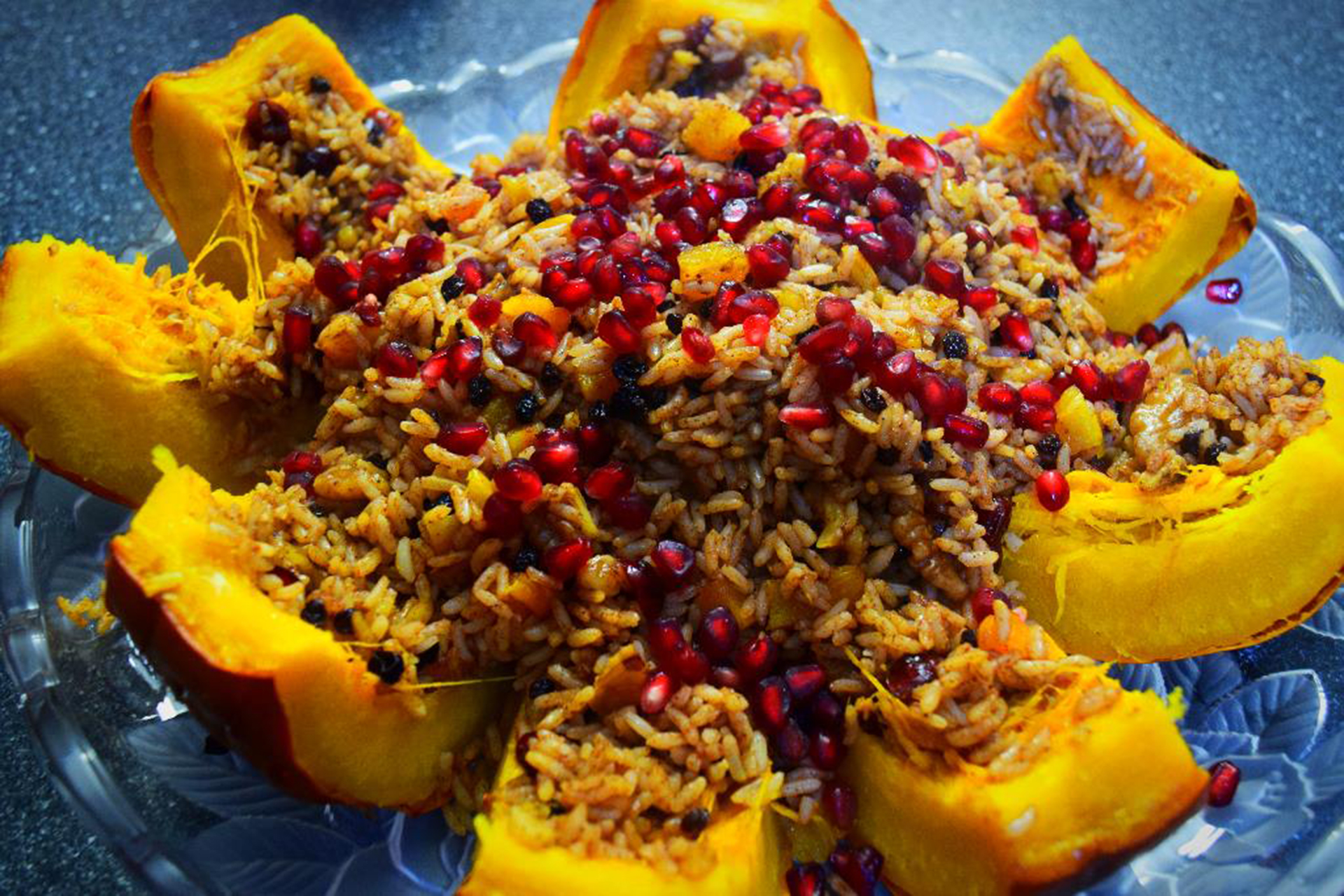
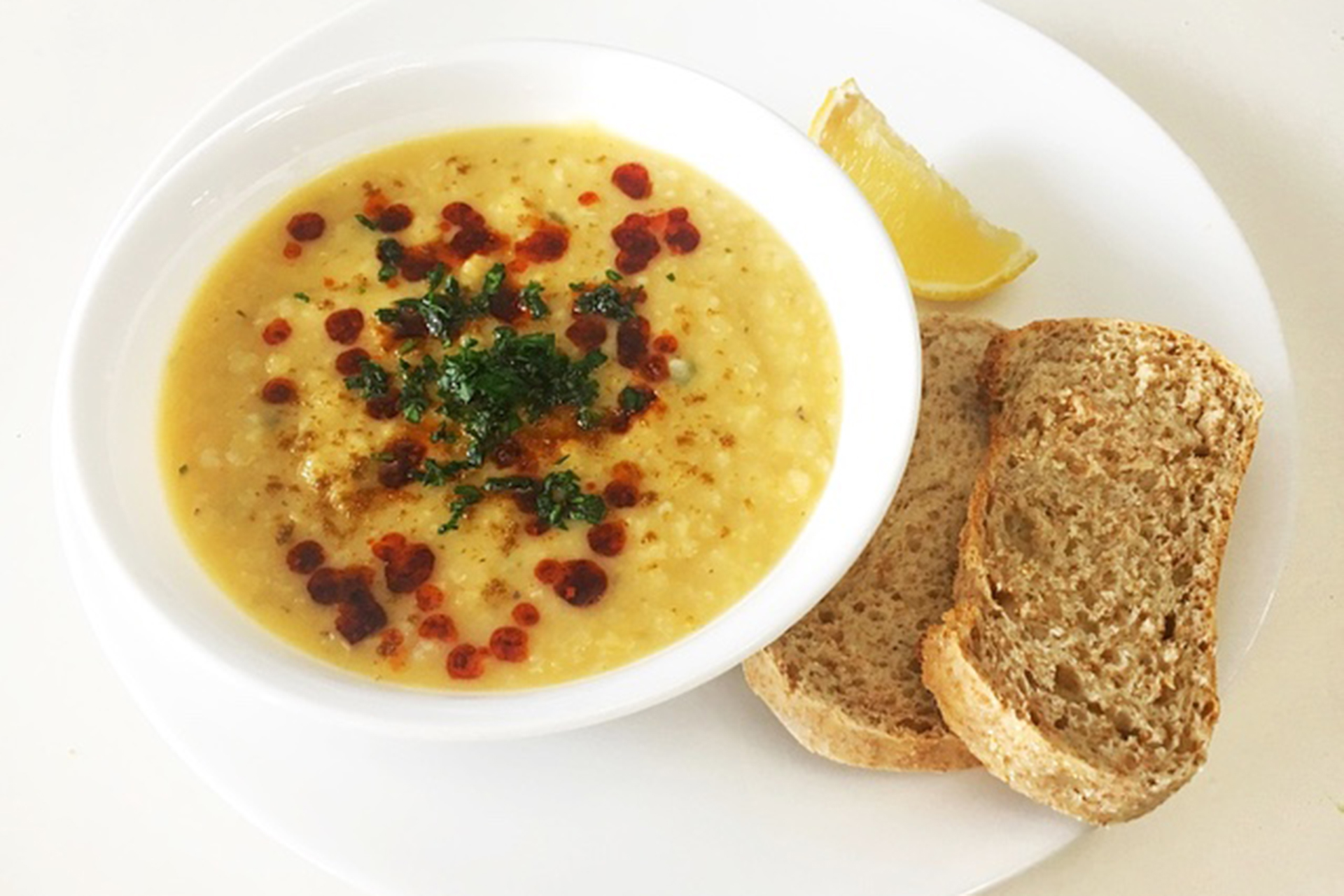
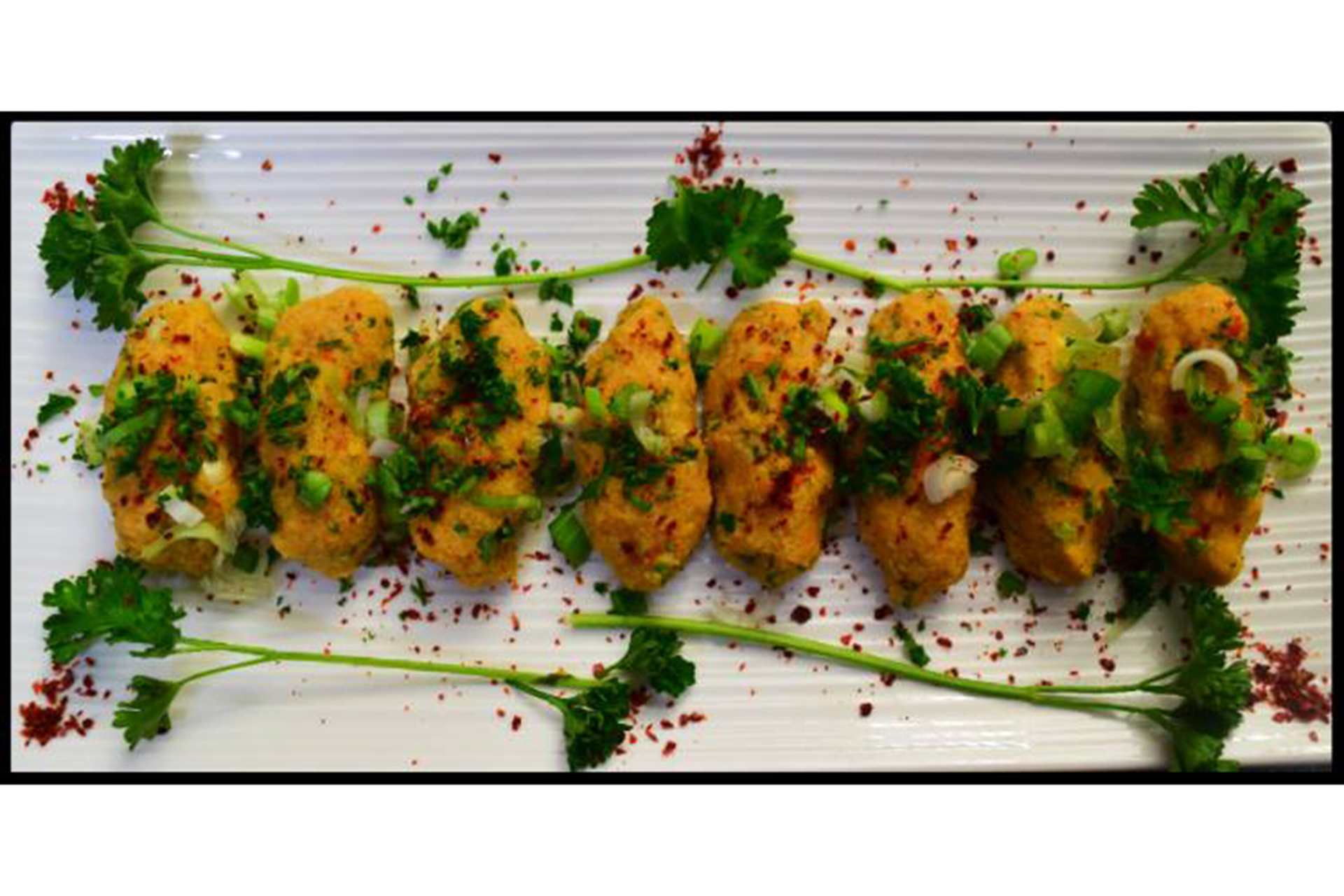
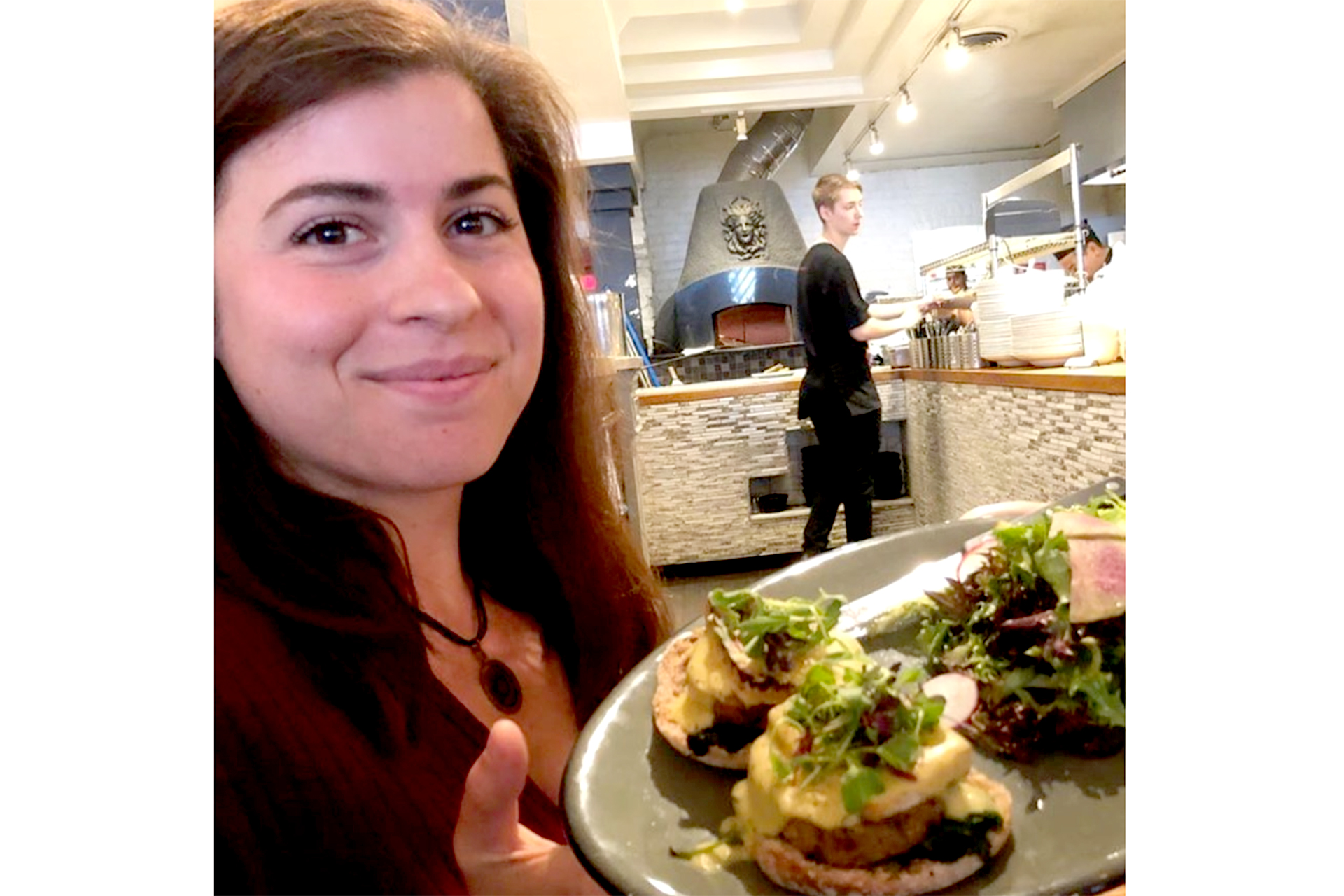
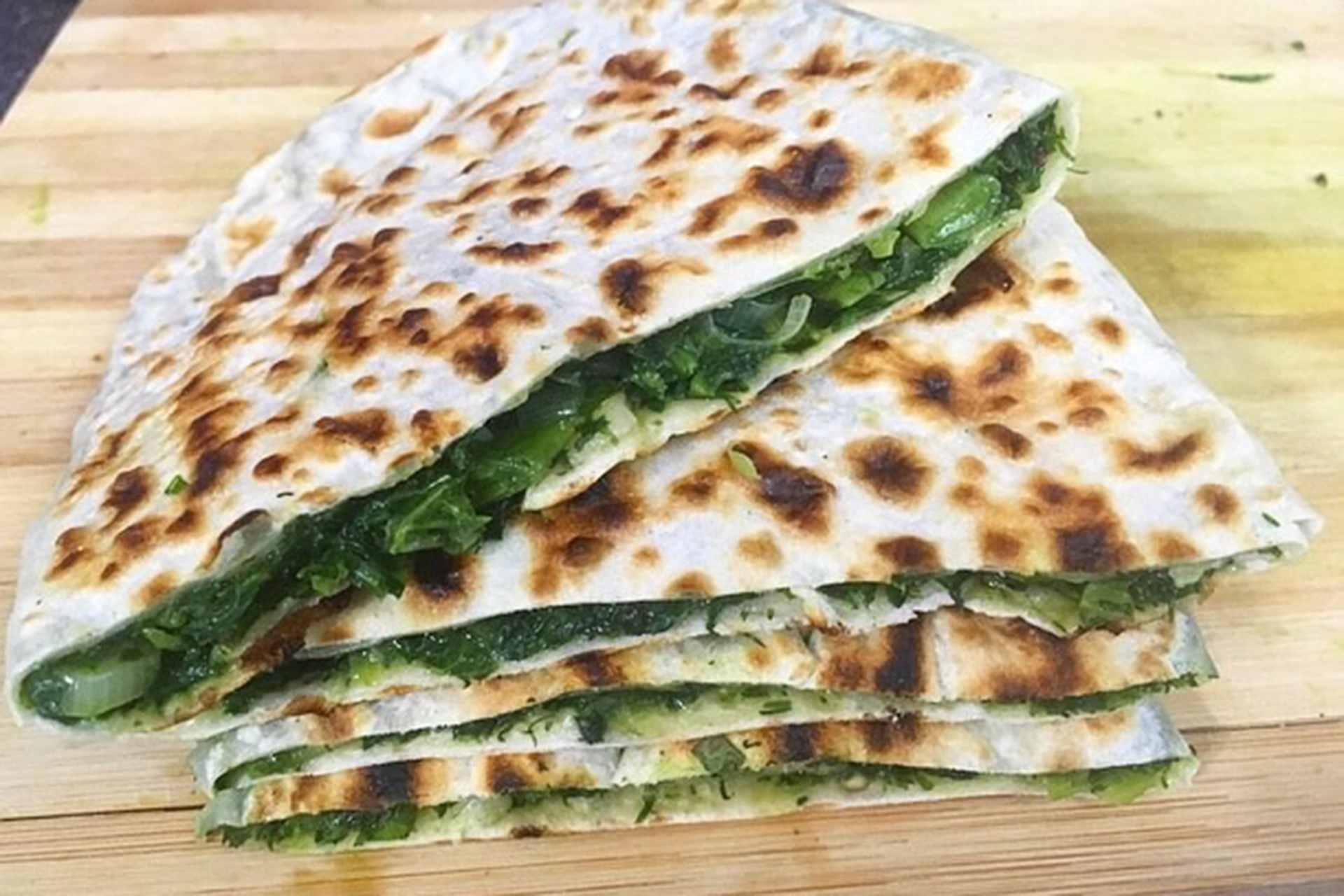
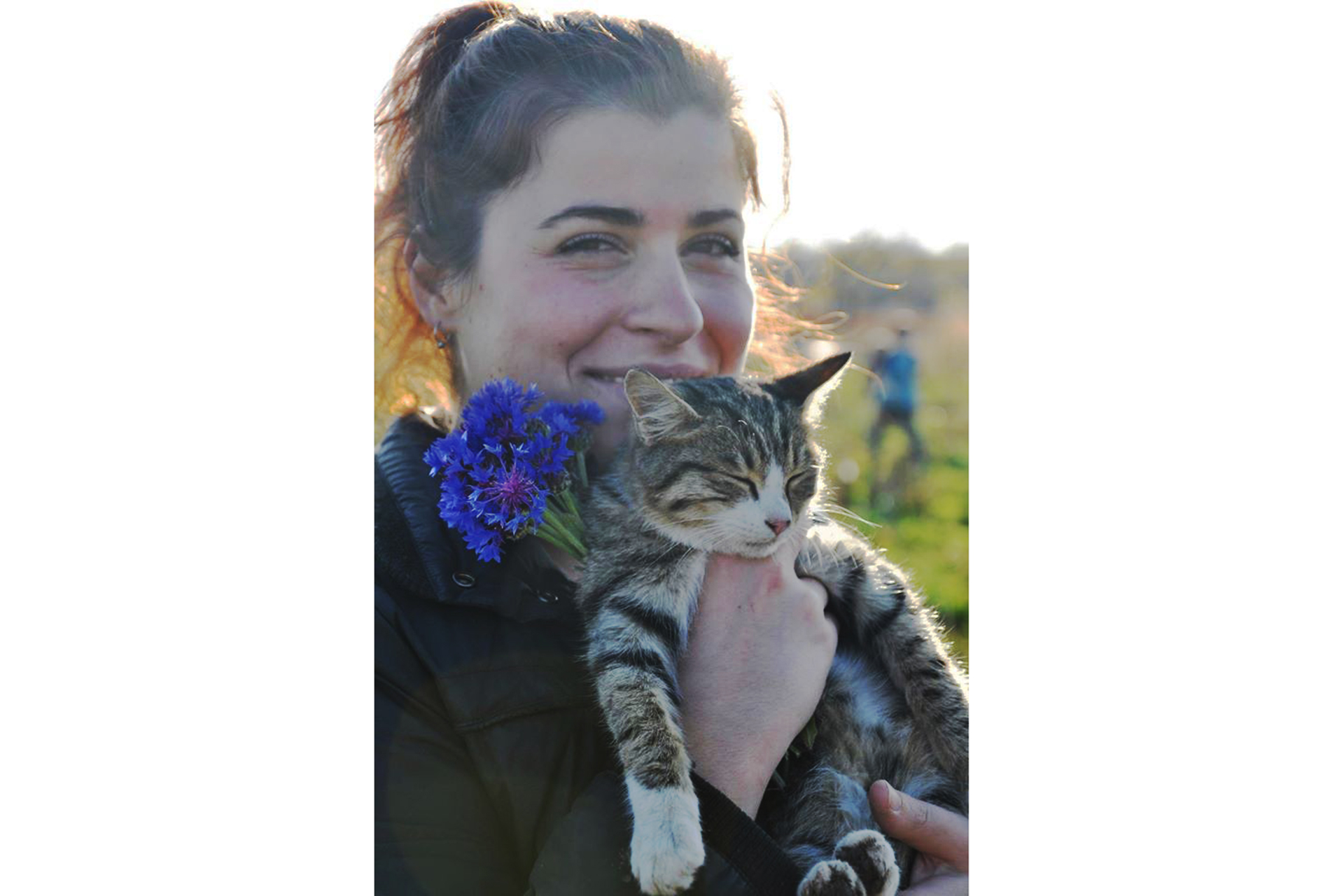
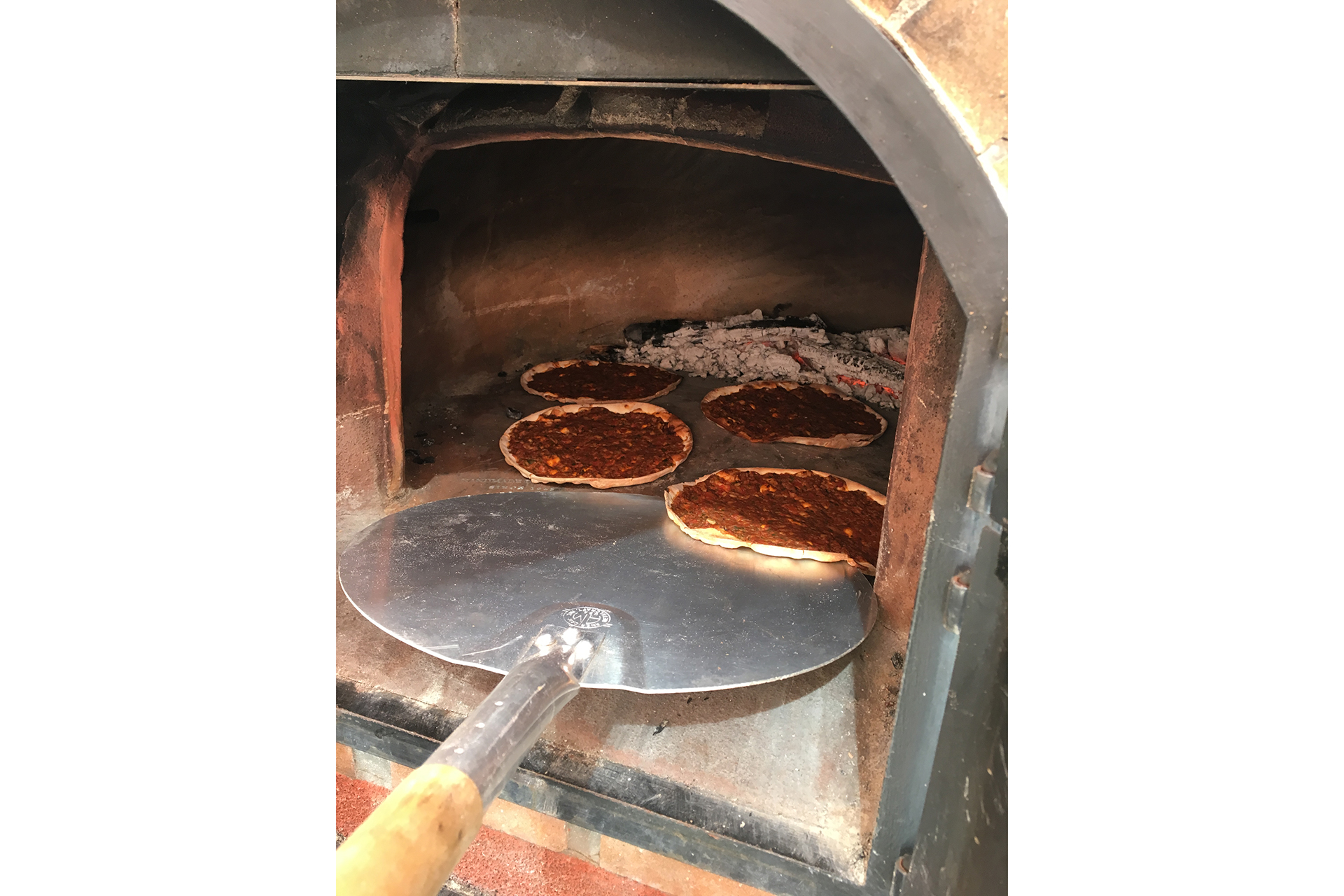
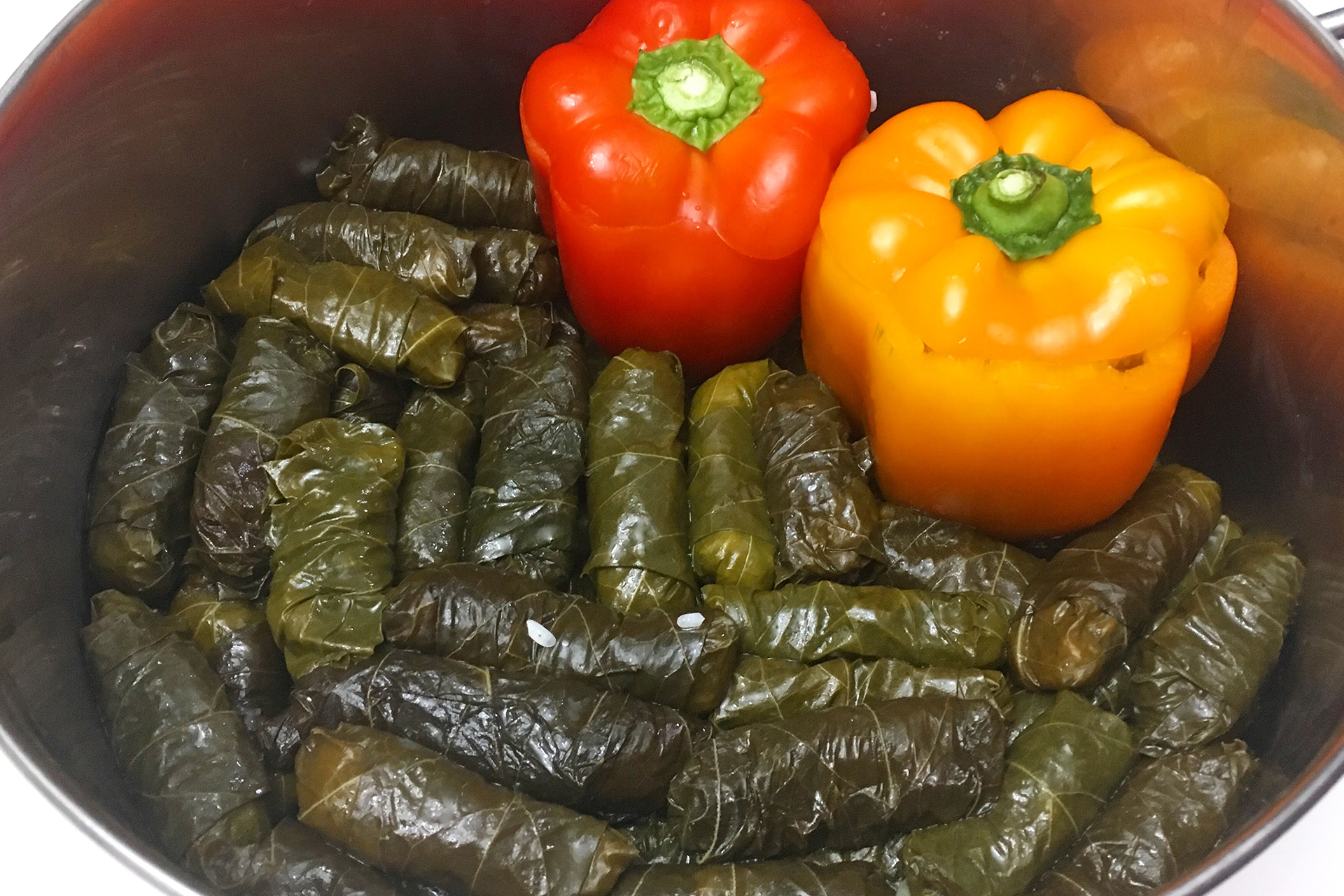




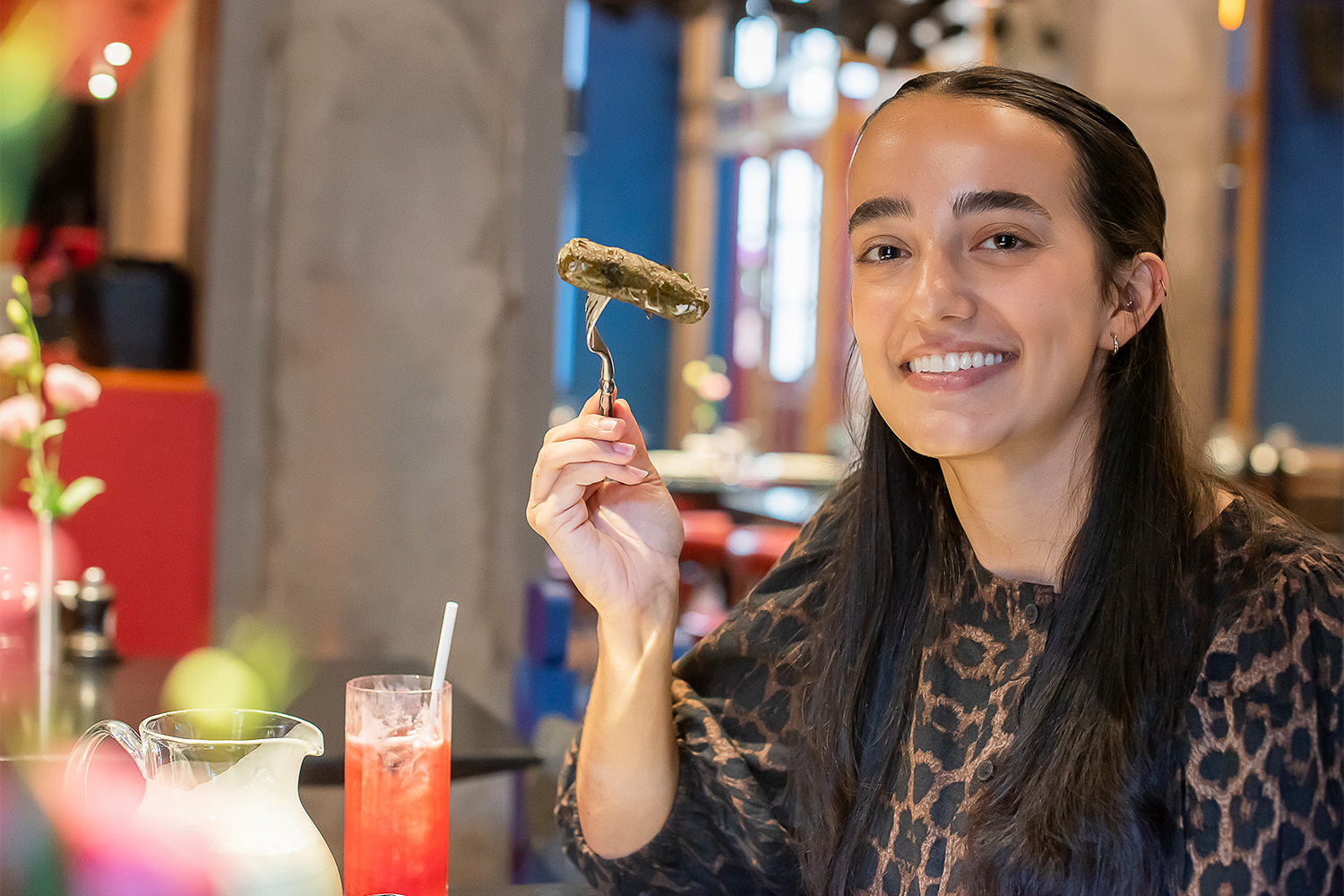
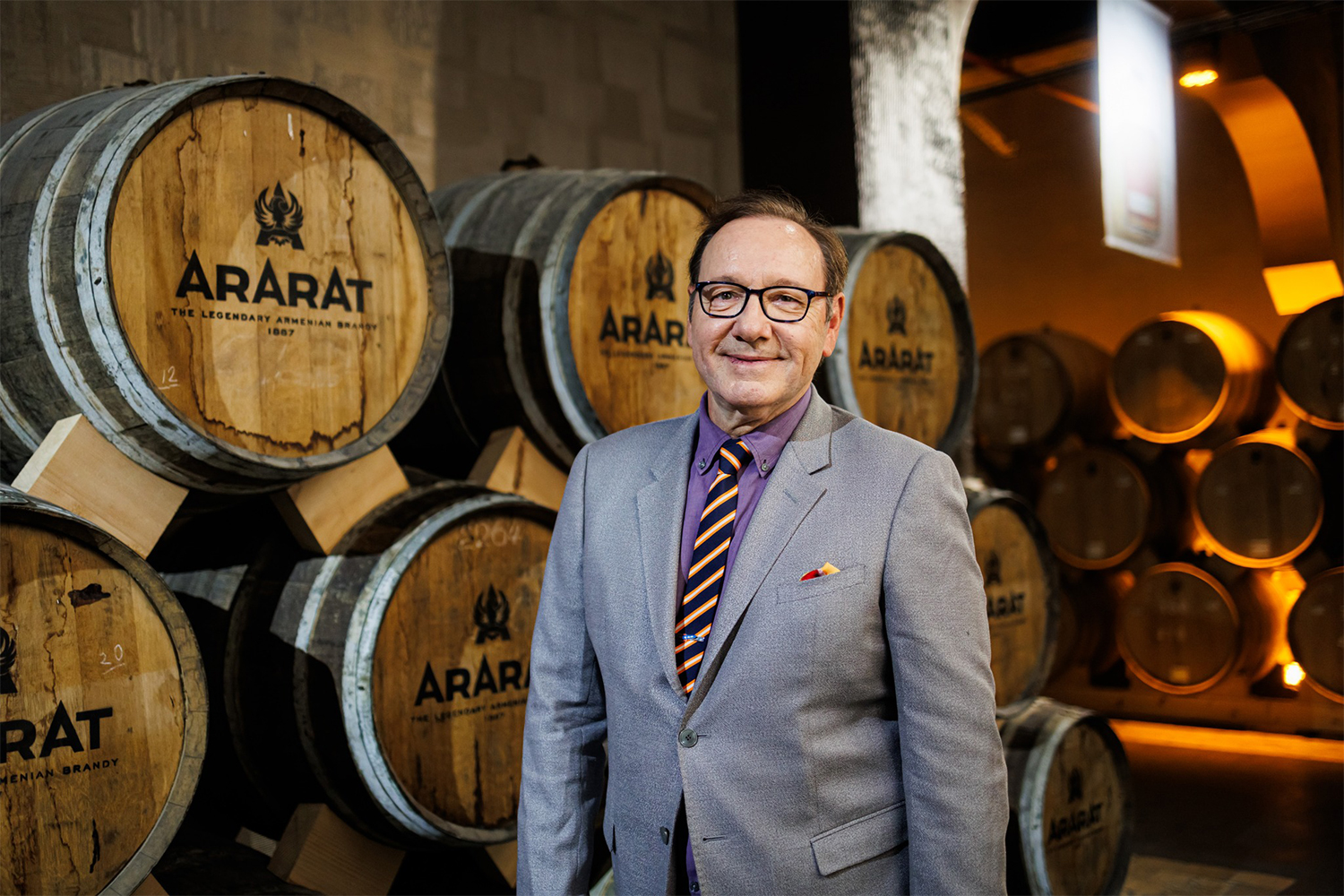


Comments
Dear visitors, You can place your opinion on the material using your Facebook account. Please, be polite and follow our simple rules: you are not allowed to make off - topic comments, place advertisements, use abusive and filthy language. The editorial staff reserves the right to moderate and delete comments in case of breach of the rules.